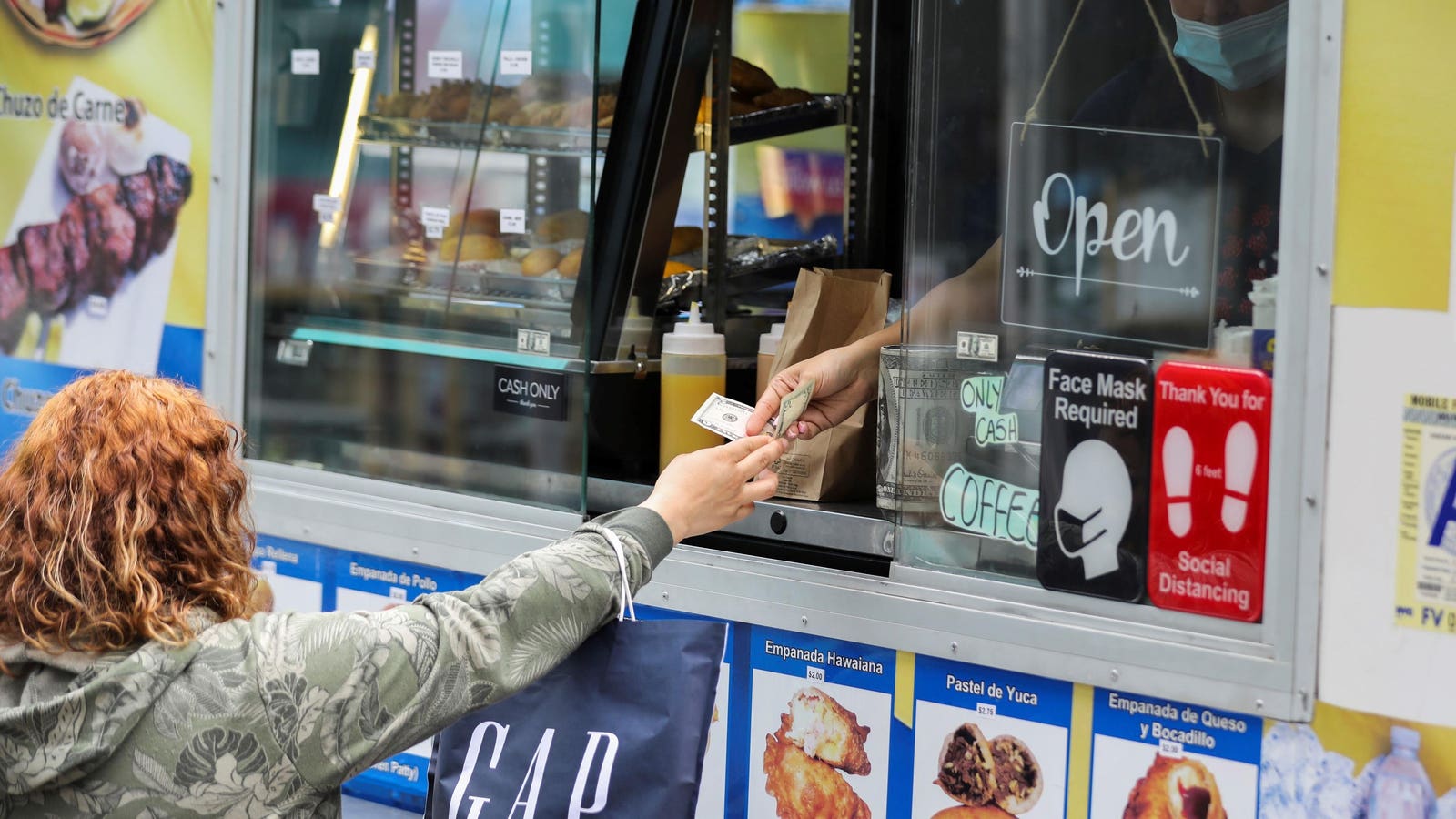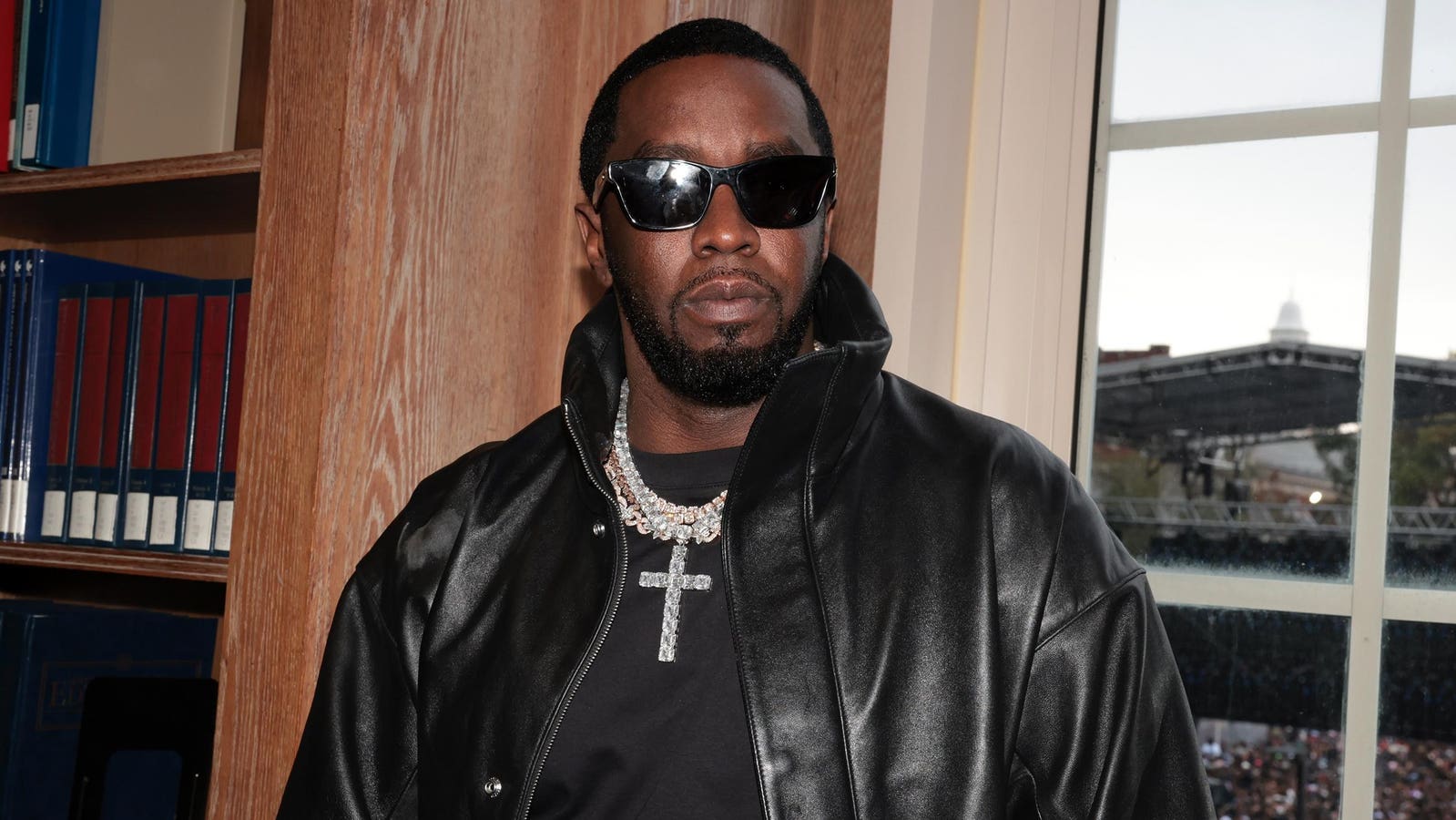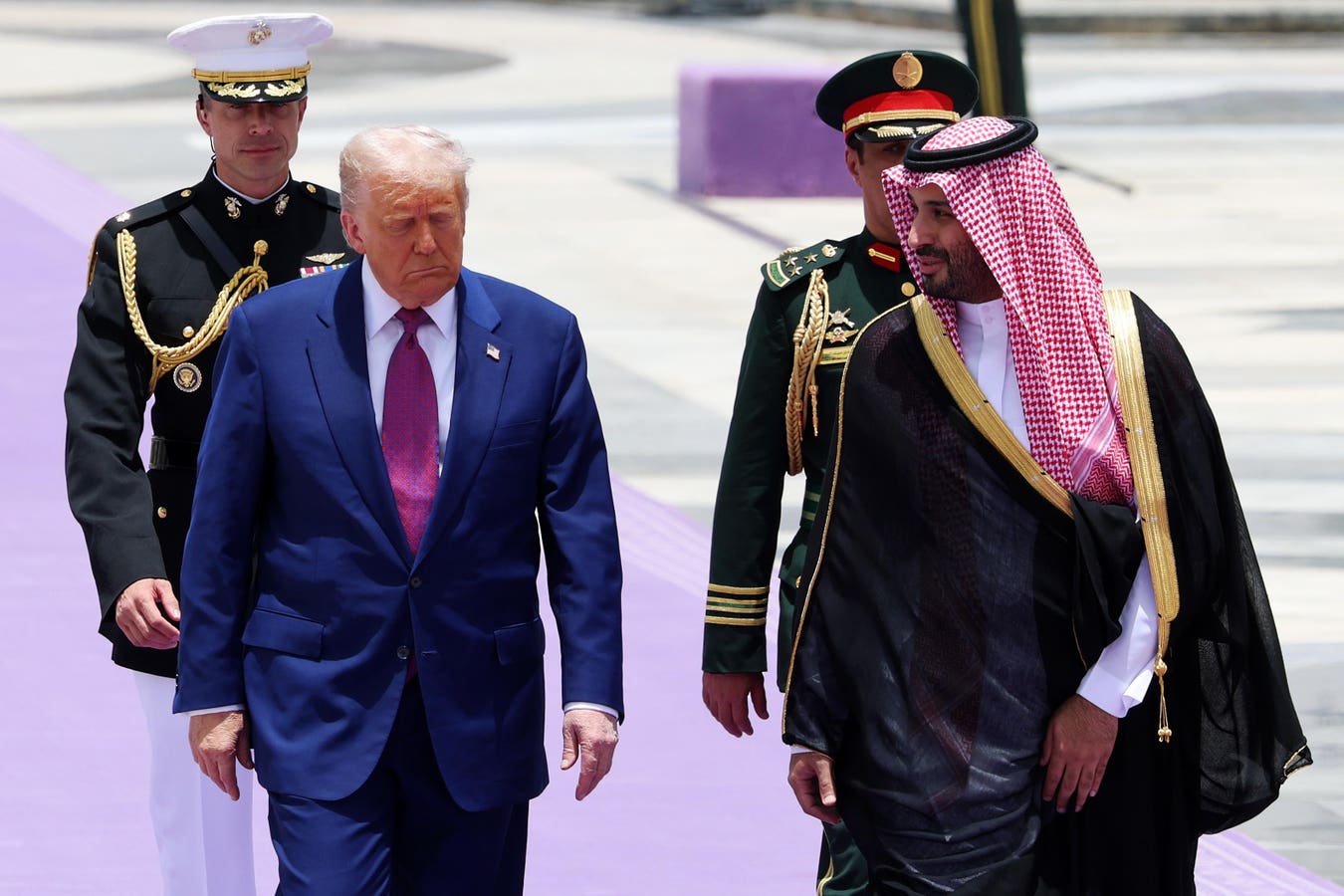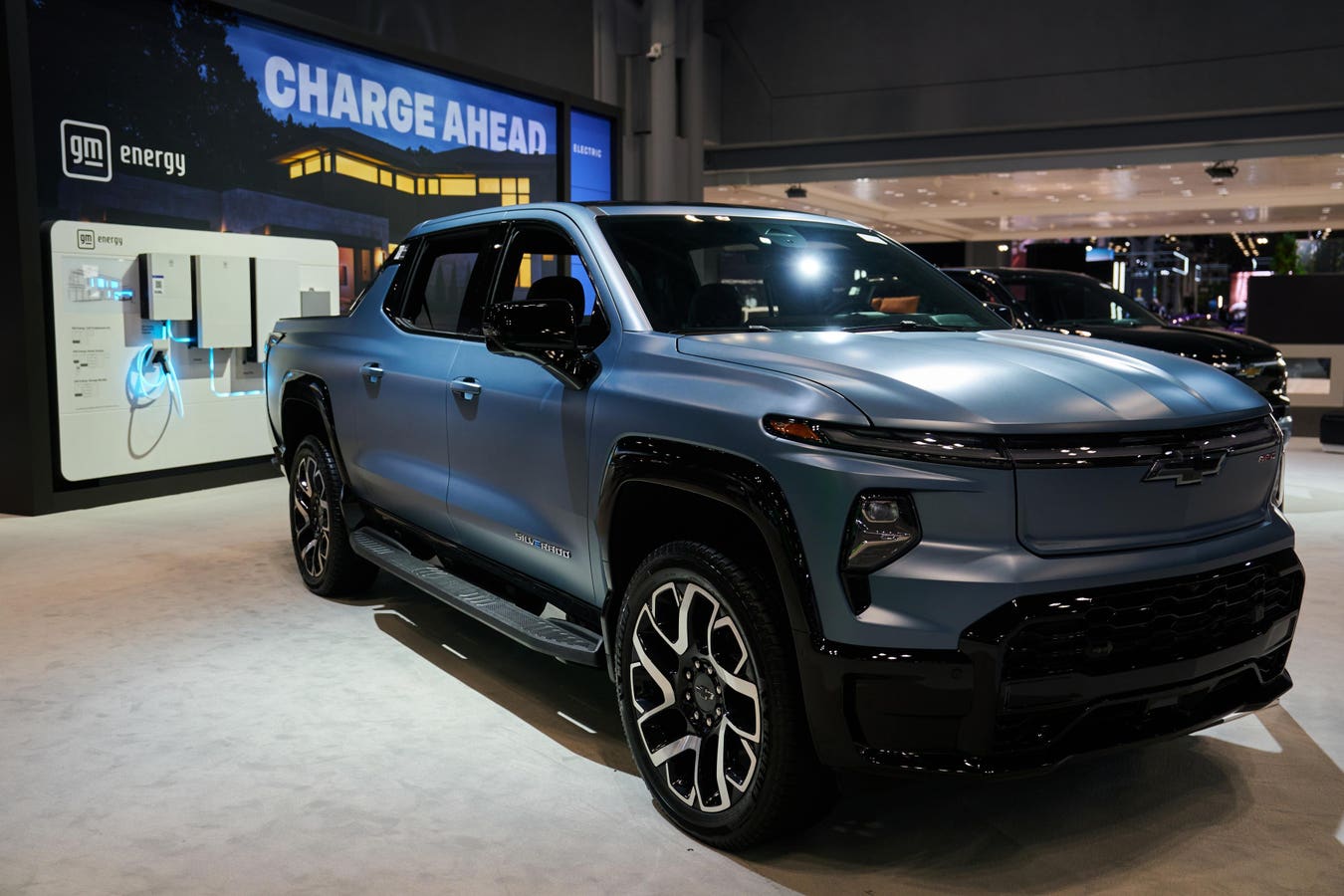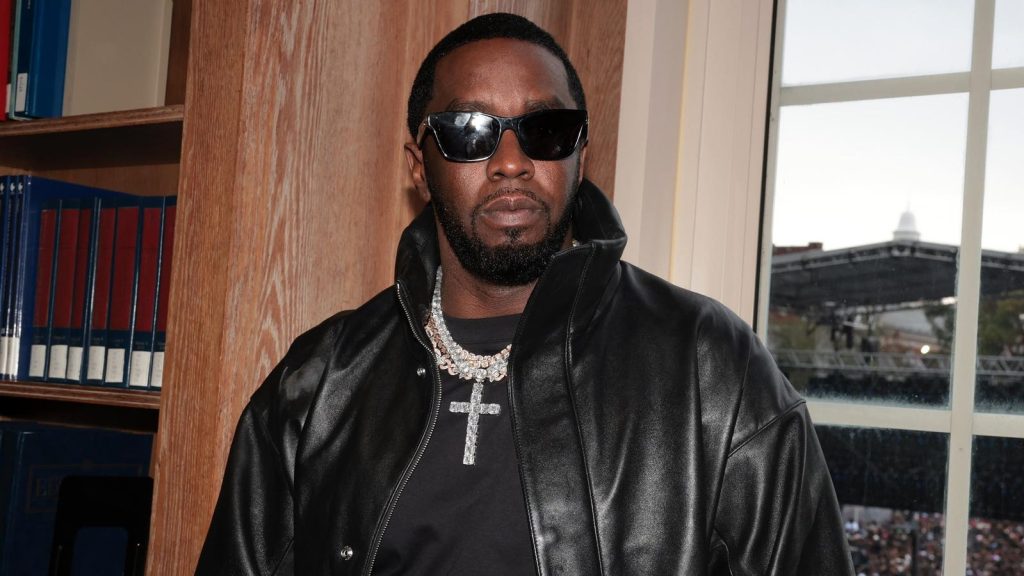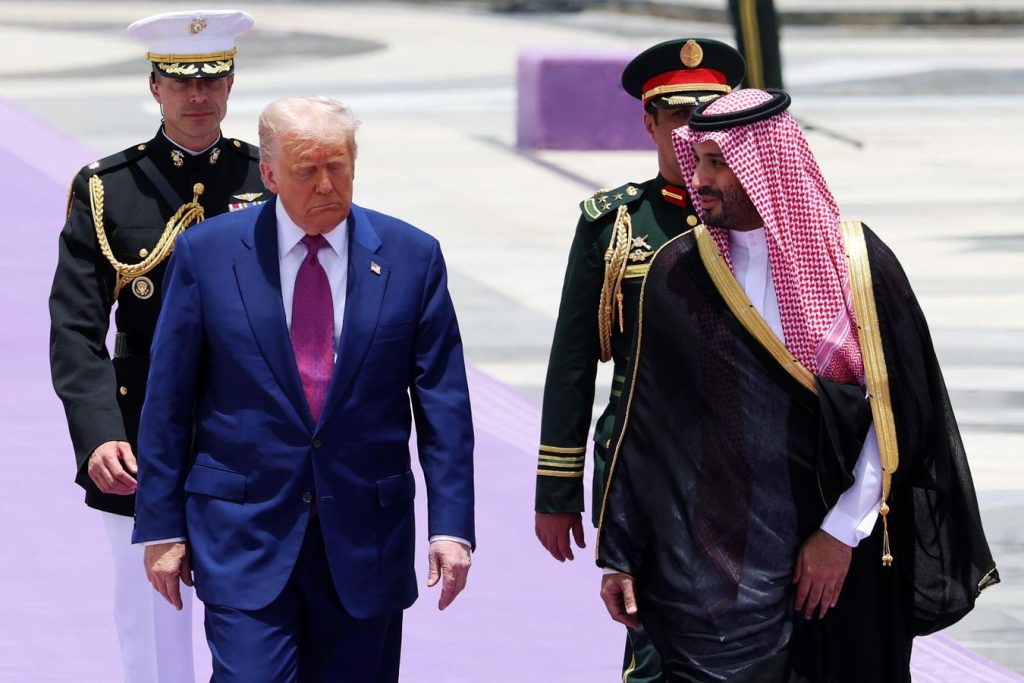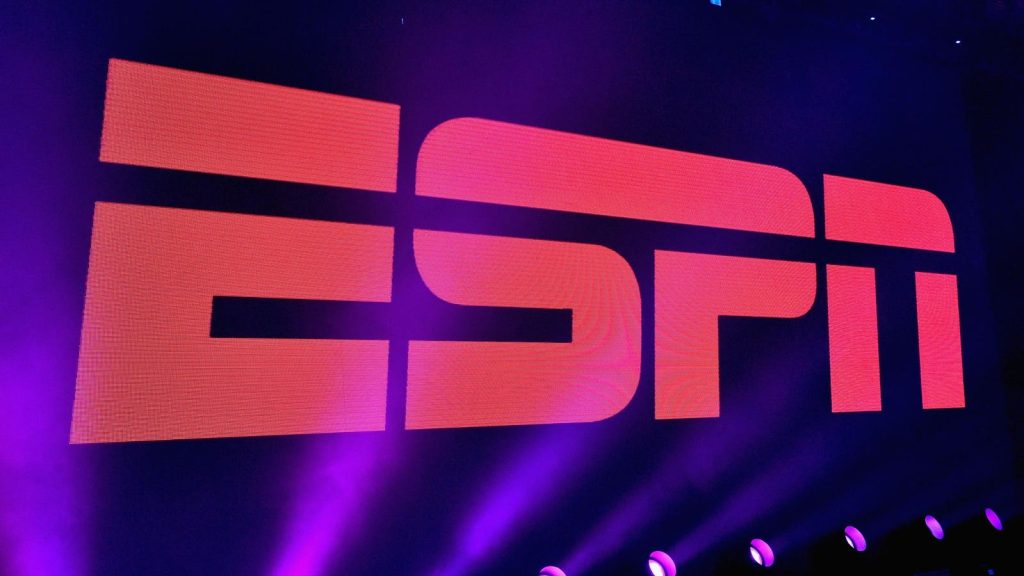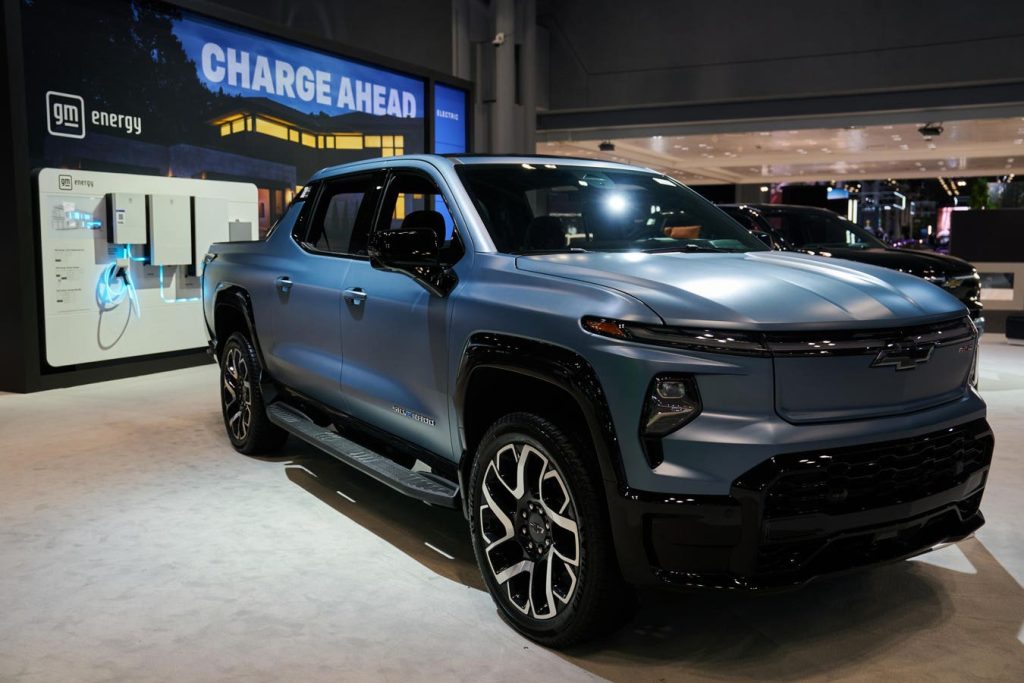Topline
The first inflation report since President Donald Trump launched his tariffs last month came out Tuesday, revealing prices rose less than expected, though the full extent of the tariff’s impact on consumers is still far from being captured from the data, pending if Trump bends further on trade.
Inflation continued its slow but steady decline last month.
Key Facts
The consumer price index rose 2.3% from April 2024 to April 2025, according to the Bureau of Labor Statistics report released Tuesday morning, the most moderate inflation reading since February 2021.
Economists forecasted 2.4% headline inflation, according to consensus estimates compiled by Dow Jones.
Prices rose 0.2% from March to April on a seasonally adjusted basis, meeting projections of a 0.2% bump.
Annual core CPI inflation, which excludes the oft fickle food and energy categories, was 2.8% last month, matching forecasts of 2.8%, while the 0.2% month-over-month increase in core prices was lighter than estimates of 0.3%
Crucial Quote
The “first signs of tariff related inflation” were expected to be present in Tuesday’s CPI report, UBS economists led by Jonathan Pingle wrote in a note to clients previewing the release.
What To Watch For
How tariffs further work their way through consumer prices. Economists largely agree tariffs lead to higher inflation as companies pass on import costs to sticker prices, but the frequent shifts in the tariff rates set by Trump make it difficult to forecast just how large the tariff inflation impact will be. Prior to the U.S. lowering its tariff on Chinese imports from 145% to 30% for at least the next 90 days, UBS projected CPI inflation would shoot up to 5.4% by year’s end. Michael Feroli, the chief U.S. economist at the U.S.’ largest bank, JPMorgan Chase, wrote last week he expects inflation to “ramp up in the subsequent months as tariffs get passed into pricing.”
Contra
One “key offset” identified by Feroli is declining gas and energy prices, as crude oil prices sank to a multiyear low in recent weeks as traders blinked at the prospect of lower global demand amid recession angst. The CPI gasoline index declined slightly from March to April, as drivers enjoyed a reprieve at the pump.
Key Background
As the U.S. economy recovered from the short-lived recession spurred by the COVID-19 pandemic, inflation began to roar, peaking at a 41-year high of 9.1% in mid 2022. Price increases have slowly but steadily cooled over the past 2.5 years, but have not been at or below the 2% target long held by policymakers since February 2021. The Federal Reserve has kept interest rates at a historically high level in its multiyear effort to combat inflation, despite direct pleas from Trump to lower rates to jolt economic activity.

